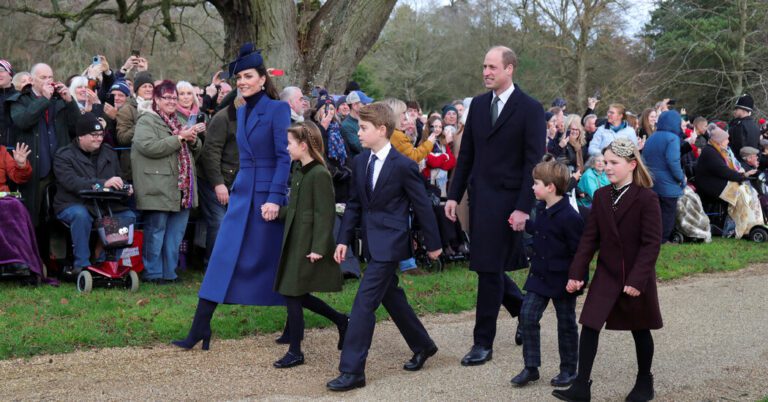
[ad_1]
The conspiracy square
Most conspiratorial narratives that take off online rely on four common components, Are says. She calls it the “conspiracy square.” There is the supposed victim, who is usually already beloved, or at least photogenic or charismatic; the villain, who is blamed for whatever has supposedly befallen the victim; the institution that is believed to be covering up or encouraging the villain’s wrongdoing; and the media, which amplifies the conspiracy narrative.
Some members of the royal family, particularly the princes and princesses of its younger generation, are easy to slot into that victim role. They are wealthy, famous and photogenic, and their roles in public life make them beloved to many.
Catherine, particularly, was a ready-made focus for a conspiracy narrative, not only because she is glamorous and widely liked in Britain (helped by favorable coverage in the tabloid press), but also because she has been more private about her life than many other royals. “Kate’s signature has been her composure, her discretion,” Arianne Chernock, a historian at Boston University who studies the British Monarchy, told me. “Kate has been a much more private person” than Princess Diana, she said.
The recent conspiracy theories came prepackaged with villains: In the speculative corners of the internet, William was slotted into the villain role that Charles once occupied in coverage of Diana, for instance.
And as an institution, the royal family is, by its nature, particularly vulnerable to faultfinding and even ridicule: it is after all a centuries-old constitutional relic, built on strange rituals and funded by British taxpayers, that many see as anachronistic in a modern parliamentary democracy. At its heart is a paradox: it is a family of human beings held together by relationships and love, but it is also “the firm,” as Prince Philip called it, an organization that ruthlessly pursues its own interests, even at the expense of the royals themselves.
[ad_2]